Exposure of Beijing’s ‘Advancing Eastward and Southward’ Strategy
In the first half of 2020, the Chinese Communist Party (CCP) waged a China–U.S. Cold War through a series of military threats.Prior to this, the CCP had already launched a series of military deployments in the South Pacific, which gradually exposed its military intention of “advancing eastward and southward” and heightened the alertness of Australia.
It can be said that Australia has seen the possible threat of another Pacific War, in which the CCP plays the role of the Empire of Japan during World War II.
The military intention of the CCP’s “advancing eastward,” which would be under the guise of “unifying Taiwan”—the democratic and independent island that the CCP already claims as a Chinese territory—actually targets U.S. military bases in Guam and Japan.
As for its strategy of “advancing southward,” the CCP unabashedly relates itself to the Imperial Japanese Army, which ordered a military deployment in the Pacific War from 1941 to 1945.
This agreement was temporarily shelved after a change of Samoa’s government, as reported by the BBC.
Some common points can be found in the series of Chinese projects carried out in Papua New Guinea, Solomon Islands, Kiribati, and Vanuatu.
First, these locations are all strategically important for naval battles.
Second, given that the investment amount of the CCP is much higher than the scale of local economic activities and the projects themselves have no return on their investments, it can be inferred that the investment projects of the regime don’t care about the actual needs of local economic activities.
This shows that the CCP’s investment activities are neither economic assistance nor decision-making under commercial interests, but out of military intentions.
Third, the CCP’s investment projects mainly focus on the construction of ports and airports, and the regime itself is trying to lease the islands where the projects are located for independent management and long-term use.
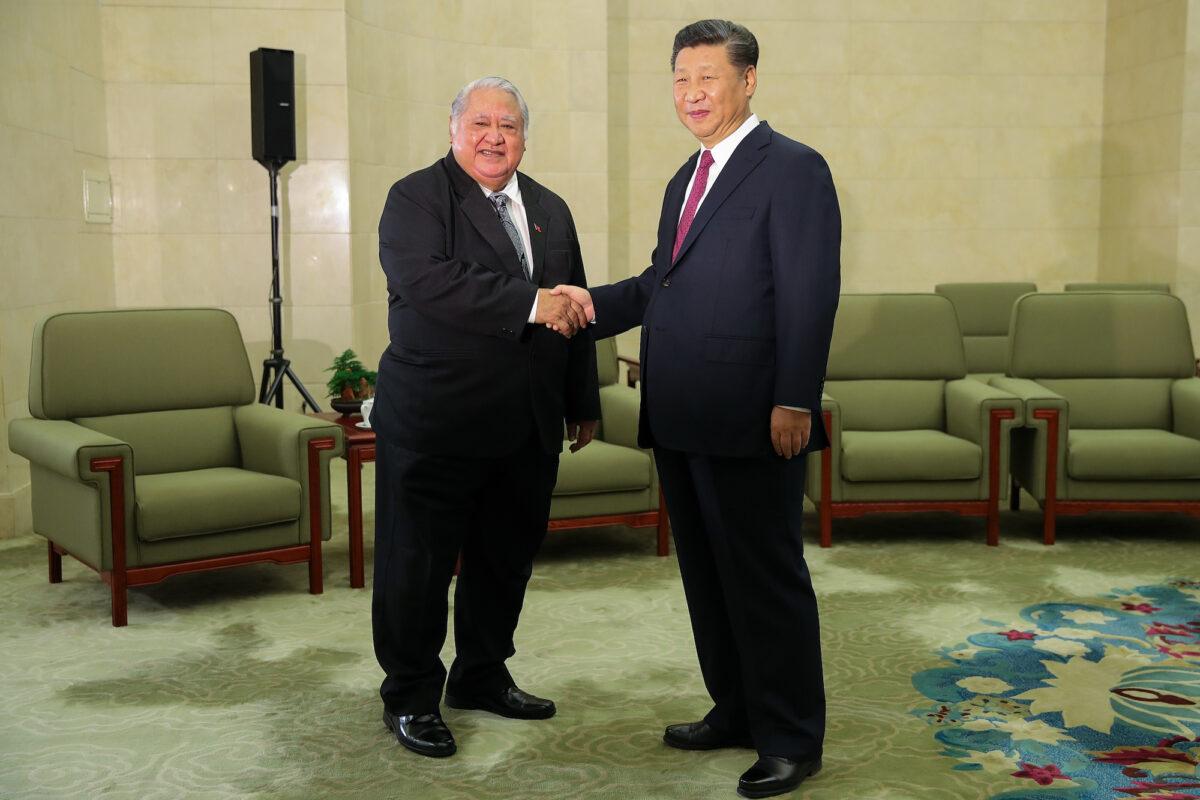
The CCP’s investment in these projects in the South Pacific obviously isn’t to help local development, but is likely to be a strategic layout serving military purposes.
CCP’s Foreign Military Ambitions Are Aimed at Australia
Australia may not yet understand the reason why the CCP has been building bases in island countries in the southern hemisphere, such as Samoa, Kiribati, Solomon Islands, and Vanuatu, which are geographically not too close to Australia.By the time the CCP reaches the gateway to it, however, Australia will realize the true intentions of this communist regime.
The primitive activity of gathering in the local area doesn’t require such a city, which brings no effect of economic radiation once built. The CCP is actually planning to lease a small island for its long-term building of a city naval base.
Reason Behind the CCP’s ‘Southward’ Military Expansion
One of the targets of the CCP’s “southward” military expansion is Australia. Over the past 20 years, the CCP military has spent a lot of manpower to translate the many memoirs of South Pacific warfare during the Pacific War.By doing so, the Chinese military won’t only be familiar with the geographic characteristics of the islands, but also accumulate the war experience and battlefield tactics, as well as various problems in logistics, transportation, sanitation, and epidemic prevention of the countries that have fought in the South Pacific.
For the CCP, the island countries in the South Pacific don’t have many strategic resources worthy of war, except for iron ore, which is needed for military expansion and war preparations during the China–U.S. Cold War.
Steel is the material essential for armaments production, and China’s steel industry has fallen into a dilemma because of the high price, inferior quality, and serious shortage of domestic iron ore.
The only two sources of China’s large-scale imports of high-quality iron ore are, for the time being, Australia and Brazil. Iron ore, like oil, is a strategic material necessary for the arms race of major powers.
As long as the CCP continues to implement its policies of arms expansion and war preparation, it will have to face situations where the source of iron ore is interrupted and the output of military steel plummets once the war breaks out.
The reason why the Empire of Japan launched the Pacific War in 1941 was to seize oil from the Dutch East Indies (now Indonesia) and stay combative.
By now, it seems apparent that the CCP will follow in the footsteps of the Empire of Japan—that is, it will deploy to conquer countries that produce iron ore, a strategic material on which it’s highly dependent.
Ulterior Motive of CCP’s Trade Sanctions on Australia
Since the second half of 2020, the CCP has imposed unilateral economic sanctions on Australia.With the exception of iron ore, gold, and aluminum ore, agricultural and mineral products of Australia, which were meant to be exported to China, have been banned or blocked in disguised form by the CCP.
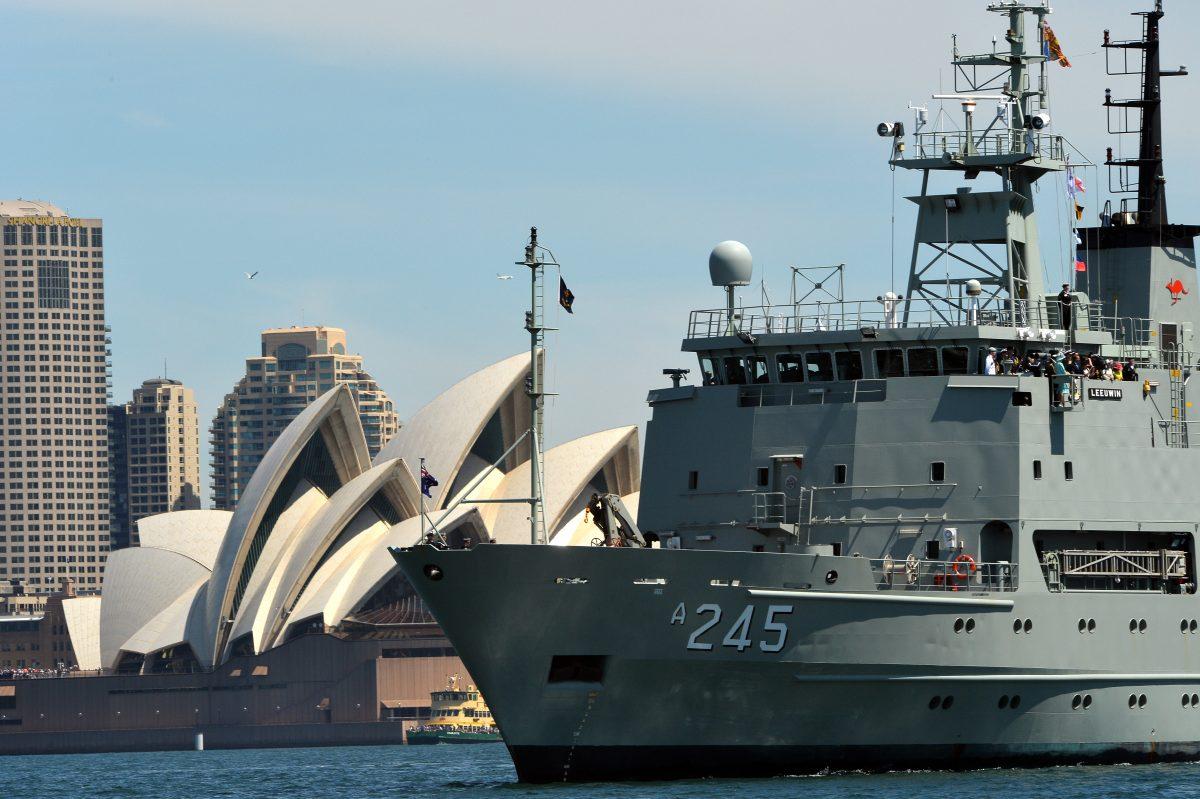
It has certainly caused a certain degree of shock for the economy of Australia.
This article mentions that if Australia would change its diplomatic policy at the time, which was clearly pro-American and against China, it could be expected that the economic and trade relations between China and Australia would soon return to normal.
This statement clearly illustrates the true purpose of the CCP’s economic sanctions against Australia, which was to force Australia to succumb to the CCP and make it break away from its alliance with the United States.
Little did the CCP expect that Australia would withstand the pressure of its economic sanctions and remain unyielding.
“The failure of Beijing’s recent attempt to coerce Australia into compliance with Chinese policy illustrates this point nicely,“ Pottinger wrote. ”CCP leaders gambled that Australian businesses, suffering from a targeted trade embargo, would lobby their government to make political concessions to Beijing.
Australia’s Nuclear Submarine Strategy
The long-distance military confrontation of modern countries is mainly between naval vessels. Australia has long been preparing to strengthen its submarine fleet due to the CCP’s maritime threat.Originally planning to purchase the conventional type of powered attack submarines from France, Australia decided to switch to U.S. nuclear-powered attack submarines recently.
A few years ago, the United States hadn’t formulated its own Indo-Pacific strategy and wouldn’t provide Australia with nuclear-powered attack submarines.
Australia can gradually increase its fleet of nuclear-powered attack submarines by introducing nuclear submarine technology and equipment from the U.S. military, which will then help with training Australian naval crews.
By doing so, the CCP navy’s planned invasion of the South Pacific can be effectively prevented.
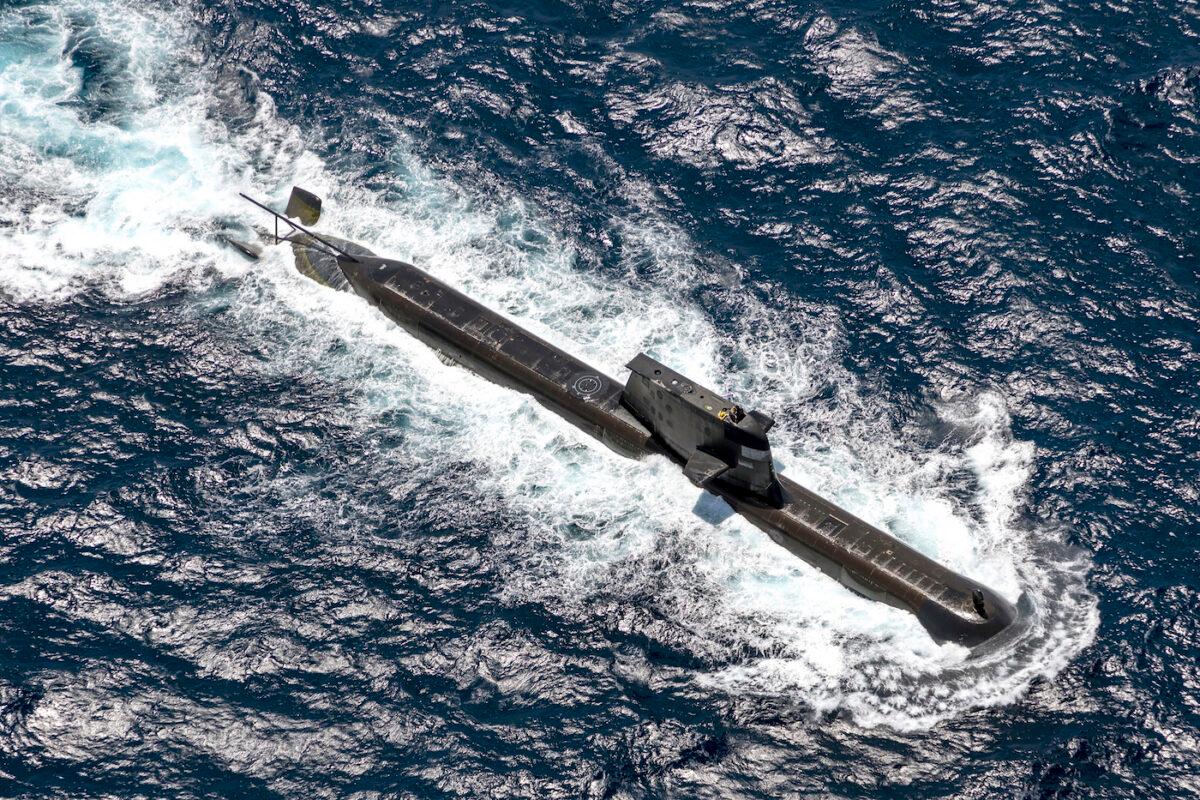
Influence of Australia’s New Strategy of National Defense
The reason why the CCP has been forcibly building artificial islands in the open waters of the South China Sea is to blockade the international waters in this area. The strategic intention of these artificial islands, which serve as the “deep sea fortress” of the CCP’s strategic nuclear submarines, have been introduced publicly and specifically by the regime.Setting off from the “deep sea fortress,” these strategic nuclear submarines can pose a nuclear threat to the United States at any time once they submerge into the vast Central Pacific.
In contrast, these strategic nuclear submarines won’t be able to pass the Strait of Malacca at the southwestern end of the South China Sea, where the water level becomes too shallow, if they depart from the South China Sea.
There are only three underwater channels that can be used by the strategic nuclear submarines to submerge into the Central Pacific and threaten the United States.
Judging from the geographical location of the CCP’s military bases in the South Pacific, these naval and air combat bases, which are scheduled to be built by the regime, are located to the north, northeast, and east of Australia. These directions can effectively blockade Australia’s maritime route to the United States, which is its main strategic ally in the northeast.
The CCP Navy’s strong interest in Daru Island may be that it plans to build an overseas forward base on the island for the supply and repair of its nuclear submarines.
The three-party military cooperation of Australia, the United States, and the UK has strengthened a certain defense deployment, which is close to the locality of the CCP’s expansion of artificial islands that serve as military bases in the South China Sea, that goes against the communist regime.
This deployment has, to a certain extent, broken the CCP’s three-sided encirclement of Australia and has also dispersed the CCP’s naval forces.
The renewal of the Australian fleet of submarines will force the CCP navy to strengthen its deployment of new maritime military bases in the South China Sea and can consequently reduce Taiwan’s pressure from the CCP navy.
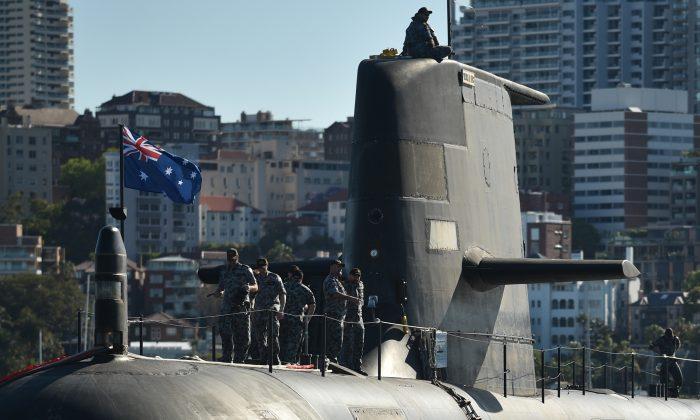
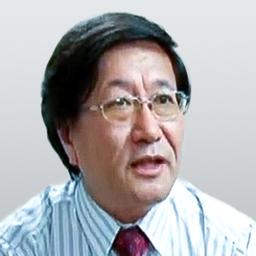

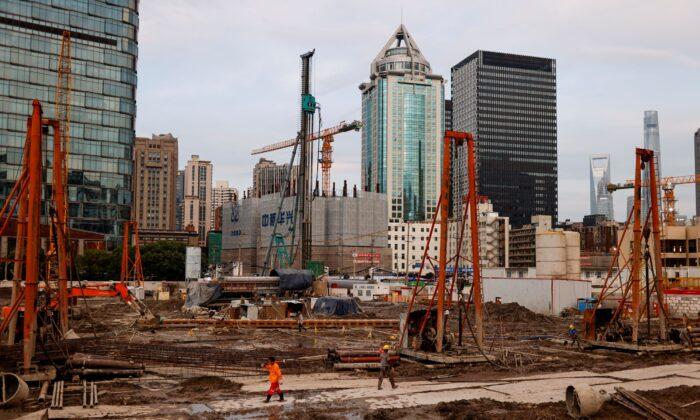
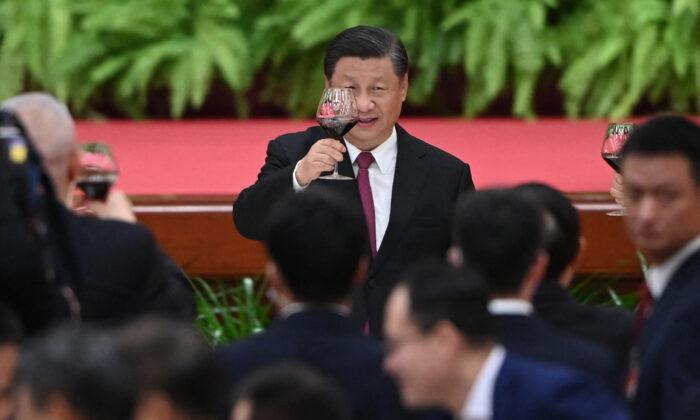
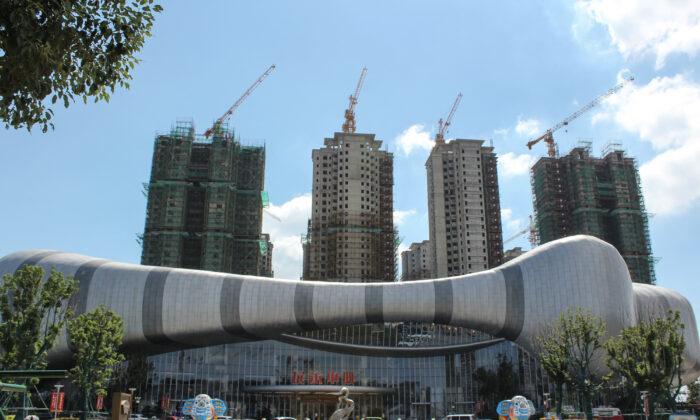
Friends Read Free